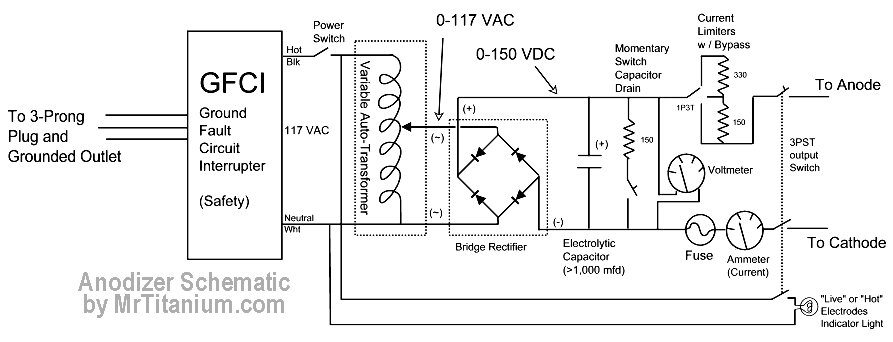zaph1
Junior Member level 1
- Joined
- May 28, 2010
- Messages
- 19
- Helped
- 3
- Reputation
- 6
- Reaction score
- 0
- Trophy points
- 1,281
- Location
- Altoona, Iowa
- Activity points
- 1,422
In order to smooth the voltage coming out of this, it is recommended to use a capacitor 200v 1000uf or larger. I have two 200v 680uf. My ability to read schematics is limited, but it seems that the capacitors are in parallel to the circuit. Shouldn't they be in series? Also, does the momentary switch on the resistor allow it to drain the capacitors after the unit is powered off?

